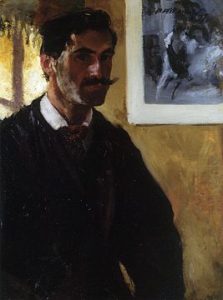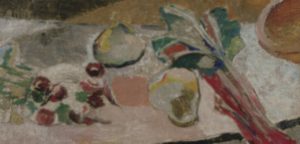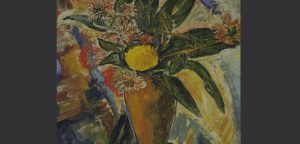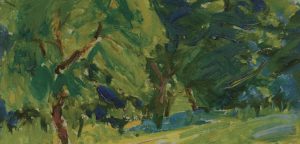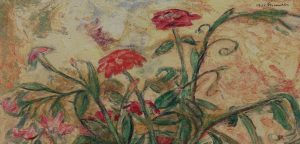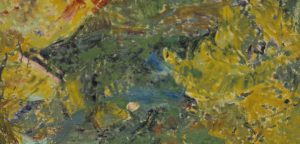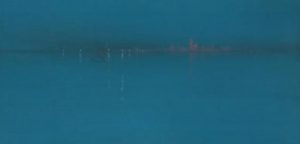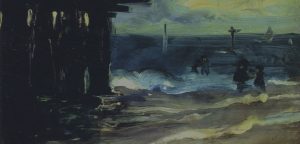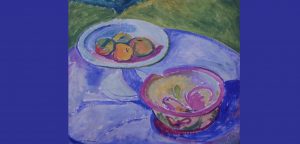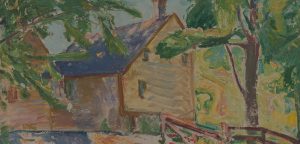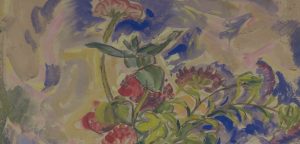Alfred Maurer was born on the 21st of April in 1868 in New York.
1868 - 1932
Alfred Maurer
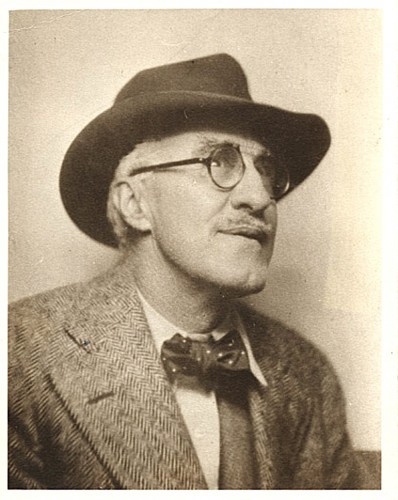
description
An American painter and graphic of German origin.
Alfred was born into the family of lithographer and realist artist Louis Maurer, an emigrant from Germany.
Maurer’s paintings were repeatedly praised in the world: the Salmagundi Club Prize (1900), the first prize at the Carnegie International Show (1901), the bronze medal at the Pan-American Exhibition in Buffalo, the Medal of the Exhibition in Liege (Belgium), the Gold Medal at the International Exhibition in Munich (1905). The New York Society of Independent Artists elected Maurer as its director in 1919. Today it is difficult to see A.H. Maurer’s works in a museum or at an exhibition, as most of them are in private collections.
Key Ideas:
– Alfred Maurer officially began his career in 1901 from fashionable portraits, depicting, among other things, his teacher Chase. These works were recognized on both sides of the Atlantic. Simultaneously, the aspiring master depicted exciting genre scenes reflecting the pulse of modern life in Parisian cafes, dance halls and along the shore.
– In his paintings with impressionistic subjects, the artist at first did not abandon the almost traditional perspective and adhered to the dark palette, as seen in the work “Carousel” (1902, Brooklyn Museum). After a while, the colors become brighter, the smears become much smaller, and “The Girl in the Garden” (1907, Hempstead, New York) can already be attributed either to classical Impressionism or even to divisionism (Neo-impressionism).
– By 1906, Henry moved his artistic view to the aesthetics of Fauvism and began to create stunning paintings, made with an expressive and daring brushstroke, filled with intensely saturated bright colors. Demonstrating his picturesque landscapes, portraits and still lifes at important international exhibitions, including those held at the Paris Salon, the American painter quite fell into the context of other “Fauvi” – leading French artists.
– In the last years, most of the works of Maurer became decidedly expressionistic, and then Cubist. Figurative distortions acquired a vivid character, since the formal and emotional elements of Maurer’s art were combined with the intensity of color solutions and sharp contrasts. He turned to the depiction of elongated (modeled after Modigliani) figures, mostly women.
– Art historians rightly believe that the paintings of his last period reflect personal anguish, those alarmingly-heavy waves of depression that eventually resulted in the tragic suicide of the 64-year-old artist in 1932.
1868
1884 - 1885
1897
1901
1905
1909 - 1910
1913
1914
1916
1924
1932
The birth of the artist
Entered the National Academy of Design
He left school to work at his father’s lithography firm. Entered the National Academy of Design, where he studied with sculptor J. Ward and artist W. Chase.
Went to France to improve his skills
Went to France to improve his skills. Enrolled at the private Academy of Julian. He attended the lessons only three weeks, although remained in Paris until 1901.
He won the first place for the painting "Composition"
At the International Carnegie Exhibition (USA), he won the first place for the painting “Composition”, which did not convince his father to adopt the painting style of his son; after a short stay in New York, he arrived in Paris, where he lived and worked until 1914.
The gold medal
Won a medal at the exhibition in Liege (Belgium) and a gold medal at the International Exhibition in Munich.
"Junior American Artists"
He made his debut with paintings in the style of theology at the joint with J. Marina and M. Hartley exhibition at the New York gallery A. Stieglitz. He also participated in the group exhibition “Junior American Artists”.
An important for the master exhibition of works at the gallery "Folsom"
An important for the master exhibition of works at the gallery “Folsom” in New York. The artist sent four pictures from France for inclusion in the legendary “Armory” exhibition.
Returned to New York
Returned to New York. In the next 17 years, he created his works in the attic of the house. Despite the participation in exhibitions and acquaintance with the sellers of paintings, was almost unknown.
Significant for the artist participation in the first Exhibition of the Forum of Contemporary American Artists
Significant for the artist participation in the first Exhibition of the Forum of Contemporary American Artists, where 17 of the most significant national modernists of that time were invited (2000 works were exhibited). Regularly exhibited his paintings at the New York Society of Independent Artists and was elected its director (1919).
New York dealer Erhard Vaye bought all that was at the studio of Maurer
New York dealer Erhard Vaye bought all that was at the studio of Maurer and became his representative for the rest of his career, almost annually arranging exhibitions at the gallery Lexington Avenue.
The death
Alfred’s father Louis Maurer, outraged with the works of his son, did an extraordinary thing: he presented an exhibition of his paintings on his 100th anniversary (born in 1832). Maurer Jr. took the exhibition as a reproach to his art. On August 4, he decided to die two weeks after his father’s death. As Jerome Meyers wrote, “the unique creative youth of his wonderful father, suffering due to his poor health opened a pit, and the unfortunate left the stage of his sorrows.”

